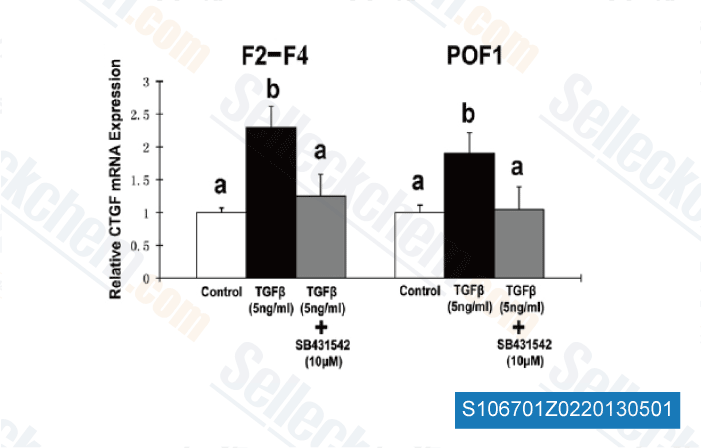In deed, several GO terms with putative relation to olfac tory function showed identical relative abundance, suggesting a variety of across buy conservation of gene expression patterns in antennae, al although the selleck chemical LY2886721 data say practically nothing about expression levels with the individual genes themselves. Odorants are imagined to interact with OBPs or CSPs in the sensillum lymph before the ligand receptor interaction. The numbers of OBPs identified within the bark beetles are clearly reduced than the 49 OBP encoding genes reported while in the genome of T. castaneum. Exactly the same is correct to the CSPs, for which we recognized six transcripts in I. typographus and 11 in D. ponderosae compared with twenty putative CSP encoding genes while in the T. castaneum gen ome. Having said that, it may be misleading to compare the amount of genes recognized inside a genome using the amount of transcripts in the unique tissue at a specific lifestyle stage.
A few of the genes may, for example, be expressed only in the larva. Indeed, several with the identified OBPs and CSPs in D. ponderosae were not identified in the antennal library, but seem to be expressed only original site in non olfactory tissue. Similar patterns are already discovered also in other insects, suggesting that these proteins could have physiological functions independent of olfaction. SNMPs are linked with pheromone responsive OSNs in Lepidoptera and Diptera. In D. melanogaster SNMP1 was shown to be important for appropriate OSN responses towards the pheromone compound cis vaccenyl acetate, but not for OSN responses to meals relevant fruit esters. Benton et al. also demonstrated that SNMP was necessary for activation of Heliothis virescens pheromone receptor HR13 by its corresponding ligand when heterologously expressed in Drosophila neurons.
It was suggested that the hydrophobic tail with the fatty acid derived dipteran and lepidopteran pheromone molecules necessitates the presence of SNMP. In that case, that raises the question  why bark beetles that don’t use pheromone compounds with prolonged hydrophobic tails express SNMPs within their antennae. The numbers of putative OR encoding transcripts identified inside the two bark beetles are near to the quantity reported within the antennal transcriptome of M. caryae, but lower compared to the quantity expressed during the head of grownup T. castaneum, and a great deal decrease compared to the number inside the T. castaneum genome. In other insects, the amount of seemingly intact OR encoding genes recognized from genomes is extremely variable, ranging from only 10 while in the human body louse, Pediculus humanus, to ca. 300 from the fire ant, Solenopsis invicta.
why bark beetles that don’t use pheromone compounds with prolonged hydrophobic tails express SNMPs within their antennae. The numbers of putative OR encoding transcripts identified inside the two bark beetles are near to the quantity reported within the antennal transcriptome of M. caryae, but lower compared to the quantity expressed during the head of grownup T. castaneum, and a great deal decrease compared to the number inside the T. castaneum genome. In other insects, the amount of seemingly intact OR encoding genes recognized from genomes is extremely variable, ranging from only 10 while in the human body louse, Pediculus humanus, to ca. 300 from the fire ant, Solenopsis invicta.
Anhydrase Signal
Renal carbonic anhydrase allows the reabsorption of bicarbonate ions in the proximal tubule.
